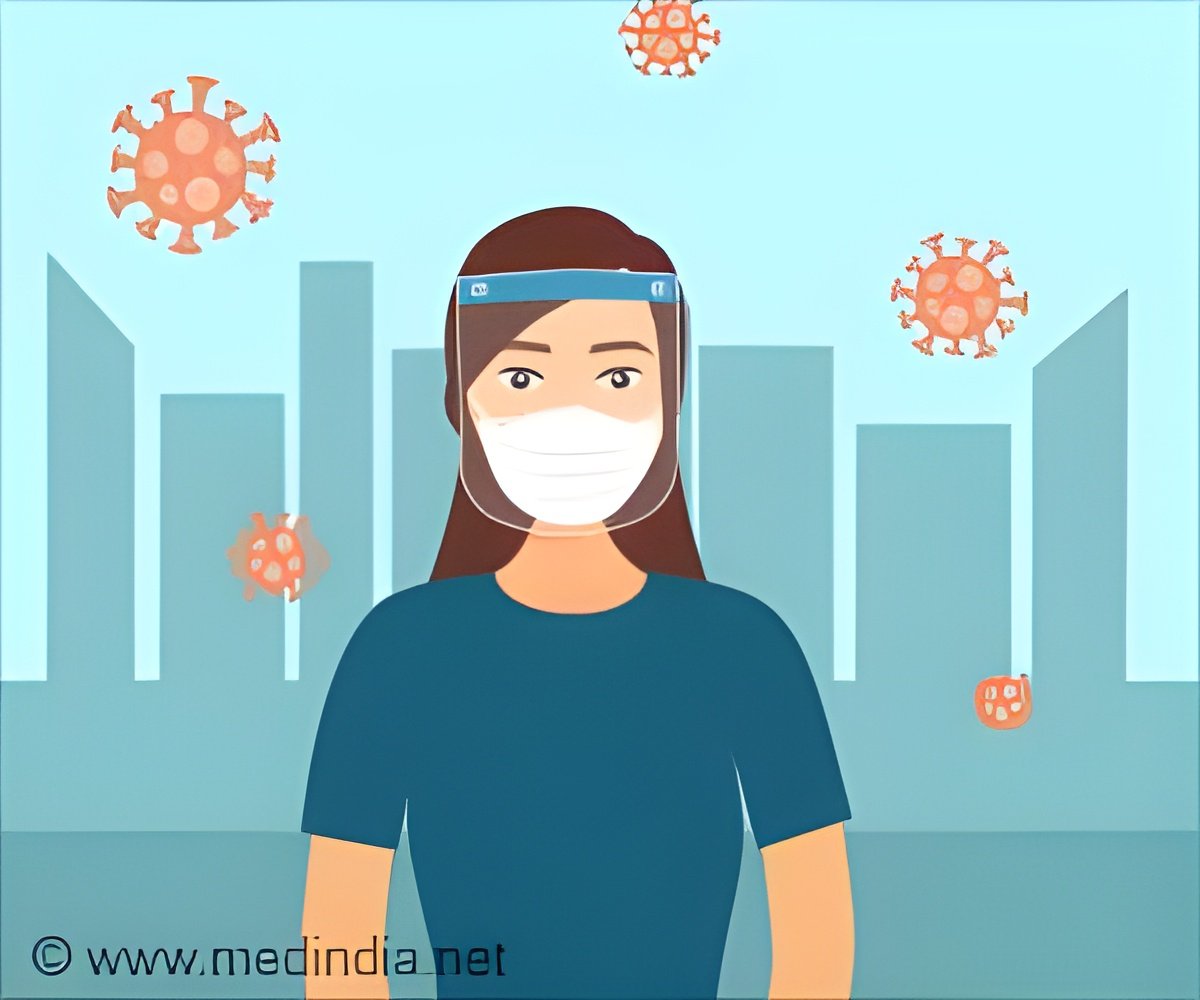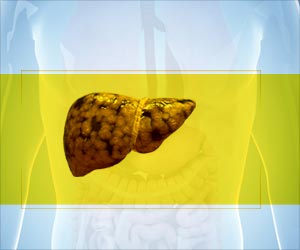The team applied statistical models to variant-specific screening tests and full genome sequencing.
They compared the number of infections with the Omicron, Alpha, and Delta variants over 21 days.
The difference in the rate of transmissibility in people with the Delta and Omicron was approximately 105 percent.
“We estimate that the transmission advantage of the Omicron variant over the Delta variant is more than 105 percent,” said Samuel Alizon, from Centre for Interdisciplinary Research in Biology (CIRB) France.
Further, the results showed that tests consistent with the presence of the Omicron variant exhibit significantly higher cycle threshold Ct values, which could indicate lower amounts of virus genetic material.
“Epidemiological modeling indicates that even if the virulence of the Omicron variant is reduced compared to that of the Delta variant, the increase in reproduction number we estimate from the data can has the potential to maintain critical COVID-19 activity at a high level in French hospitals, if not overloading them,” Alizon said adding that “swift mitigation of the epidemic wave” is essential.
The results also showed that in young people, the prevalence of infection with the Omicron variant or the Alpha variant was higher than that of the Delta variant.
Studies have suggested that compared to previous variants, Omicron is less likely to make people seriously ill. Evidence also shows that Omicron is able to invade the upper respiratory tract easier than the Delta variant, but is less effective at infecting the lungs – a reason why it is more contagious and its mortality lower compared to Delta.
However, earlier this week, the WHO warned against describing the Omicron variant as “mild” amid a “tsunami of cases” overwhelming health systems across the world.
“Just like previous variants, Omicron is hospitalizing people and killing people,” Tedros Adhanom Ghebreyesus, Director-General of the WHO, said last week.
“Hospitals are becoming overcrowded and understaffed, which further results in preventable deaths from not only COVID-19 but other diseases and injuries where patients cannot receive timely care”.
Source: IANS



